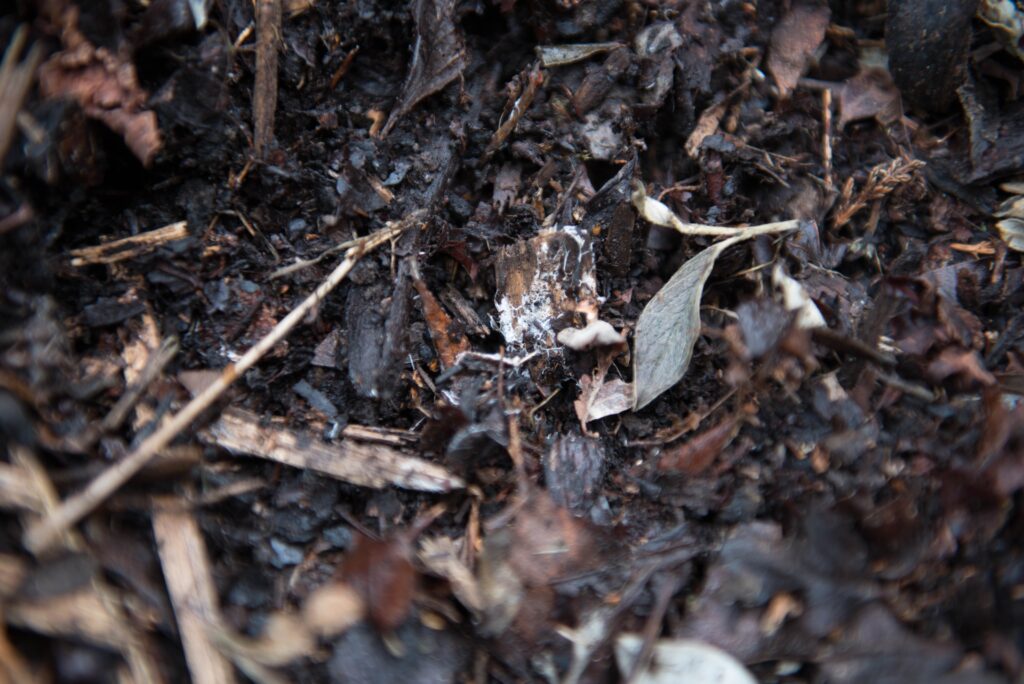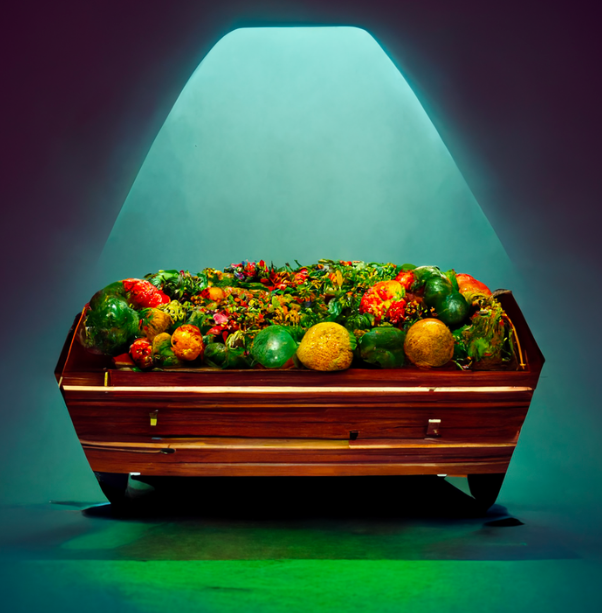When we die our bodies naturally decompose, but that’s often in wooden boxes (which require trees for them to be built out of), let alone any of the metallic adornments, elaborate finery or decoration that seems to cover coffins these days. That’s not to mention all the metals from operations and dental fillings which eventually leach into the Earth over the decades.
Such practices led designer Bob Henrdrikx to think of an alternative to such a wasteful process. As a child he has always been interested in the priapic towers that dominated the New York skyline, something that continued into his teens as he decided to enroll on an architect’s course at university, and continued into post-graduate study there. He became particularly interested in building structures out of materials from nature, as opposed to the highly polluting concrete that’s traditionally used, with its intense carbon-heavy production footprint.
For his thesis at the Delft University of Technology (TU Delft) in the Netherlands, he studied the various materials found in nature that were linked with structures, namely silk, coral, algae, straw and wood, but the most compelling material he found was mycelium, better known as the brown fungal growths around rotting tree roots. His discovery was not new – others had been known to grow mycelium in order to bake it into a rigid structure or compress it into a brick-like substance. Hendrikx, however, wanted to keep the mycelium alive, but not to the point where it would die (an organic substrate is needed to keep it growing) sprout and release spores, which are poisonous to the environment.
With the help of a scientific director at TU Delft’s botanical garden, he was able to dry the fungus to the point where it remained stiff but dormant. This meant no spores would be released, and all it needed to do to break down would be to be reintroduced to a humid environment with a food source.
Building blocks
In thinking about creating structures out of this mushroom-esque material, he also became conscious about how we, as humans, construct buildings and objects out of natural substances at huge cost to the environment. So he flipped the theory on its head after being inspired by a home made out of blocks of mycelium he saw at a Dutch Design Expo.

It wasn’t the first time that companies had been experimenting with using the material to be employed in the human sphere – the UK’s Biohm, Italy’s Mogu and US-based Ecovative have all branched out into producing insulation or construction materials out of mycelium.
Hendricks’ converging interests on a less wasteful approach to building and a reduced human carbon footprint supercharged his efforts in founding his own company, Loop. Its mission is to work with nature and living organisms, not against them. This approach resulted in the creation of the Living Coffin.
Using another form of mushroom-type fungus known as ganoderma lucidum, normally found on rotting trees, Hendrick’s found that its growth rate was faster and stronger – perfect for creating structures that could hold a human body above ground. However, when it’s placed below ground, the humidity brings the fungus to life once more, which begins to hunt for food, breaking down any surrounding wood chips.
Loop’s mission is to work with nature and living organisms, not against them. This approach resulted in the creation of the Living Coffin.
Once this food source runs out, it breaks down, spurring any surrounding microorganism to get to work on the corpse – a process that takes two – three years. With the popularity for more natural and eco-conscious types of burials, Hendrick’s has tapped into a market that’s certainly on the rise. The concept is not without its critics – some claim that certain types of soil have a negative effect on the fungal activation and decomposition process, especially given the huge amounts of alkaline that leave the body when it breaks down.
Despite this, Loop’s mission to enable humans to go “from landfill to forest” remains undimmed, with orders for its Living Coffin still very much alive and kicking.




